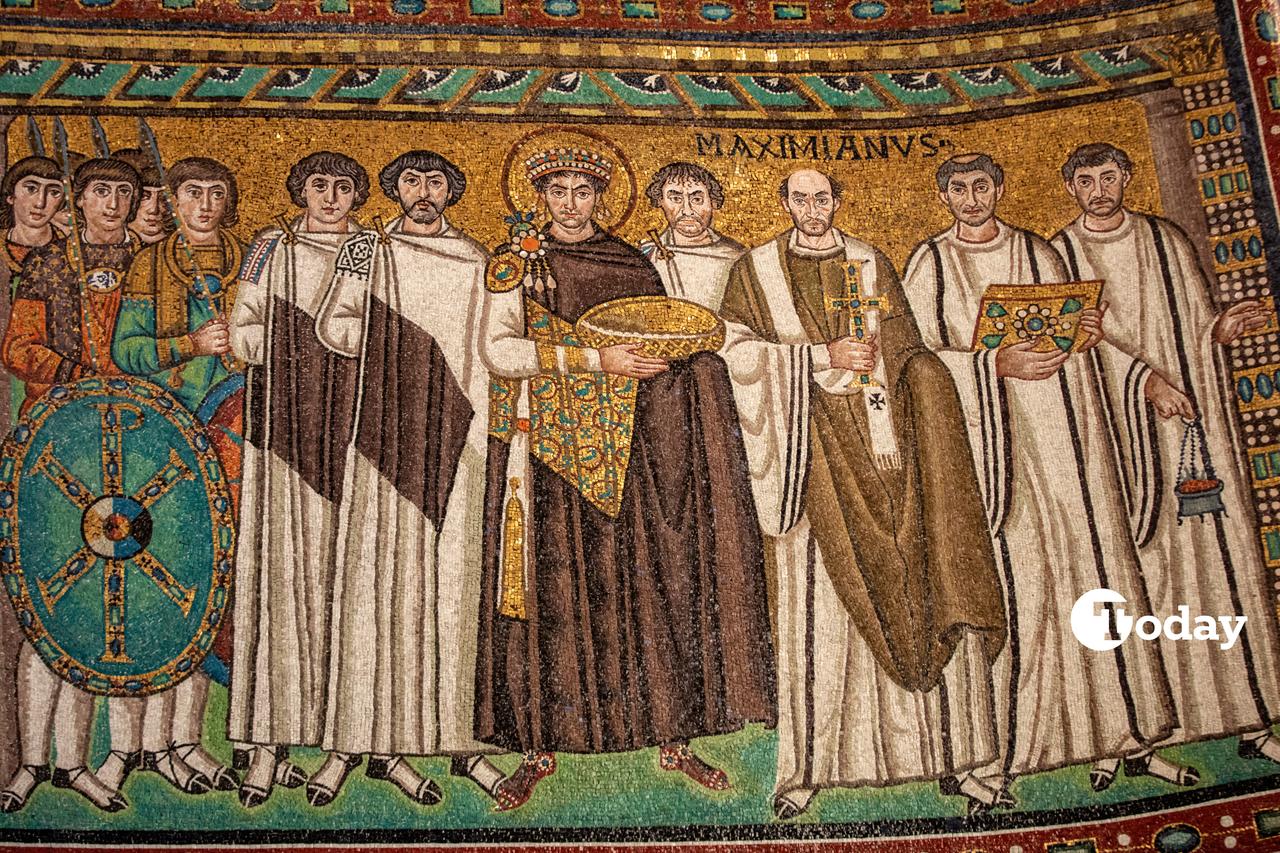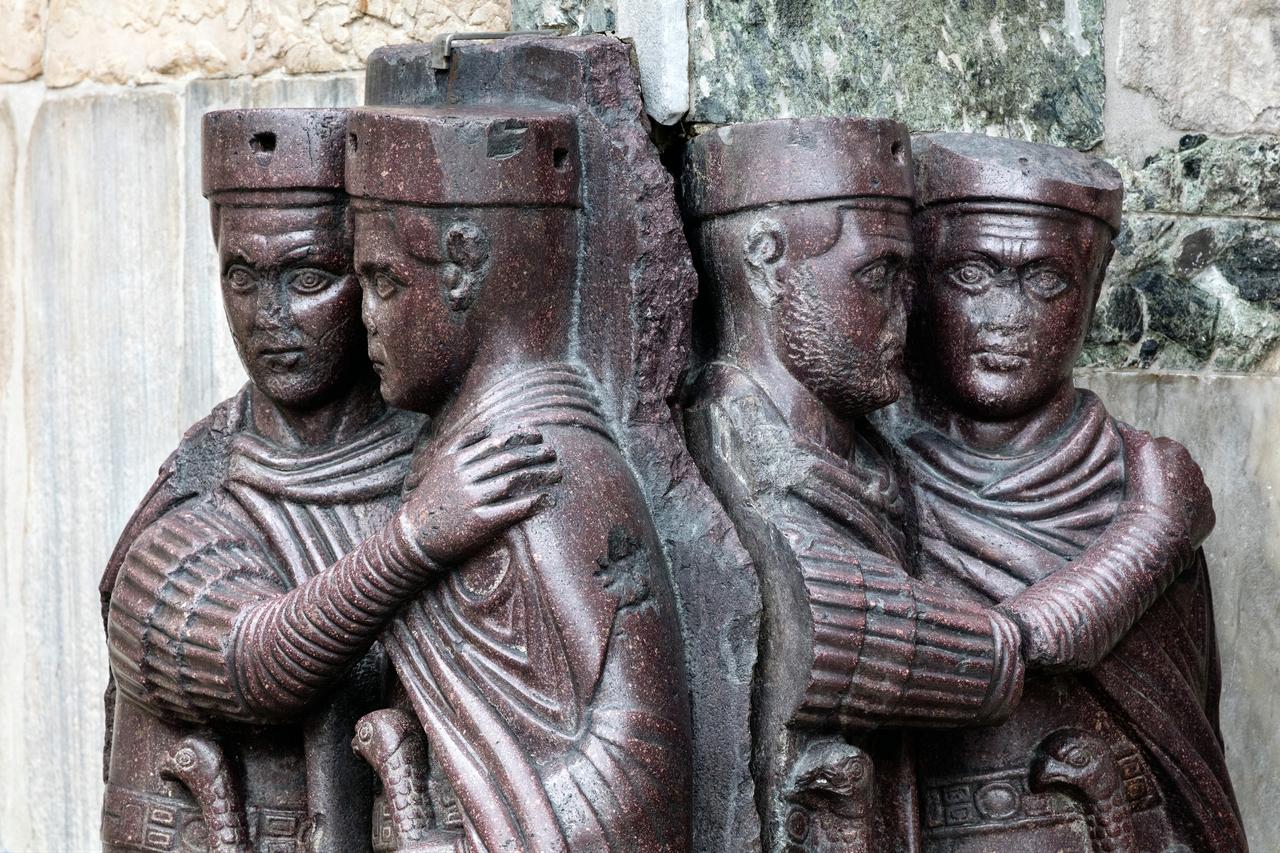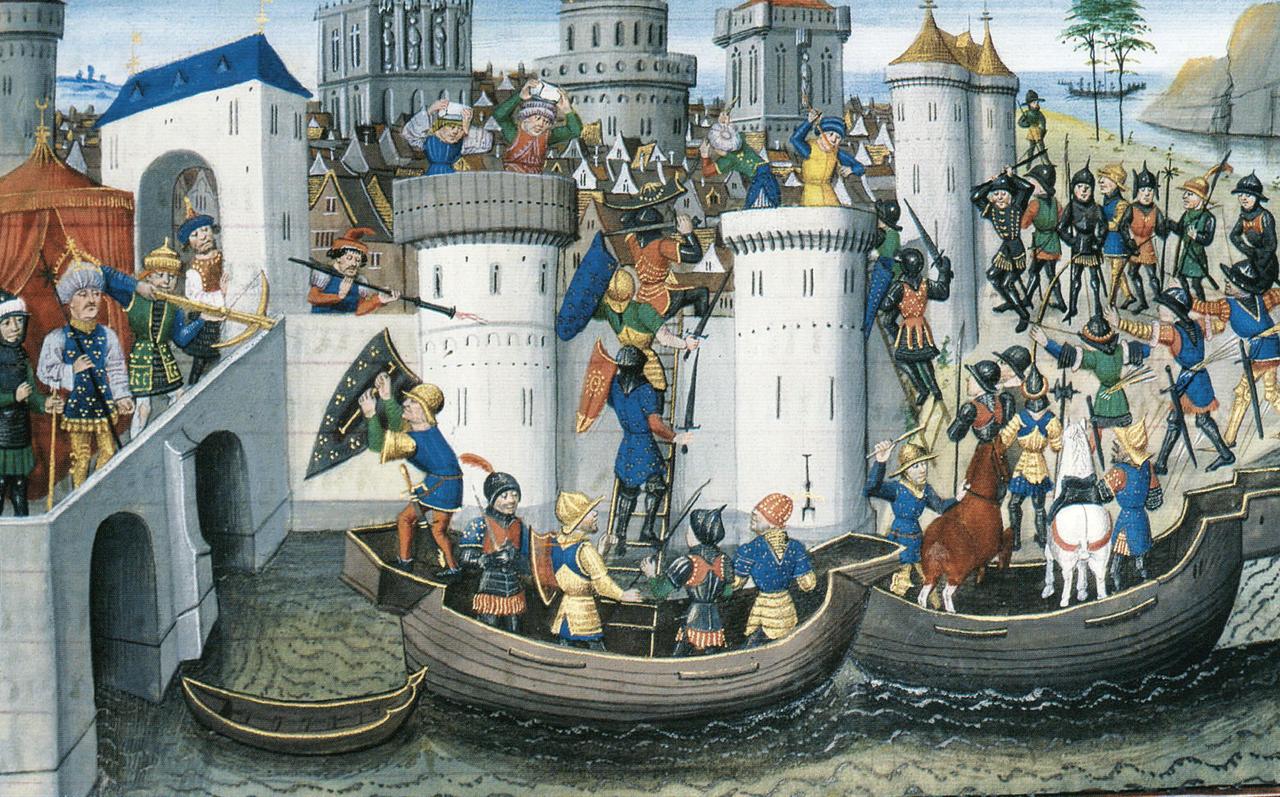
In 395 A.D, the Roman Empire formally split into two parts: the Western and Eastern Empires. The Eastern half, later centered in Constantinople, was not a new Greek state but the continuation of Rome.
The decision to divide the empire was driven by military and strategic needs, as pressure from the Persians in the east and migrating Germanic and Slavic groups along the Danube demanded closer control and stronger defense.
Although the empire had a cosmopolitan population, the Greek-speaking communities gradually became dominant, and over time the official language shifted from Latin to Greek. However, this shift did not mean the state turned into a Greek kingdom. It remained the Roman Empire, and its people called themselves Romaioi—Romans.

One key point often overlooked is that there was never a political entity officially called “Byzantium” or the “Byzantine Empire.” The term “Byzantine” was coined centuries later by historians as a convenient label for the eastern part of Rome’s long history.
The empire’s citizens identified themselves only as Romans, and they never used the term “Byzantine.” Even the distinction between “Eastern” and “Western” Rome was a later scholarly construction.
Modern ideas of nationality can be misleading when applied to the past. To call every Byzantine “Greek” or every Greek “Byzantine” is historically inaccurate. Concepts such as a unified Greek nation, Greek ethnicity, or even the word “Greek” in the modern sense simply did not exist in the medieval world.
If one were to travel through the lands of present-day Greece during the 11th or 12th century and ask people who they were, they would not describe themselves as Greek or Hellenic. Instead, they would likely respond with the name of their town—such as Corinth—or simply say “Romaioi,” meaning Roman. Their spoken language was known as Koine, not Greek.

It was only after the Fourth Crusade in 1204, when Constantinople was captured and the empire was reduced mainly to the Greek peninsula, that some of the surviving Romans began to adopt the term “Hellenes” as a reaction against the Latin rulers.
This was more of a political statement than a cultural identity. When the empire was restored in Constantinople, that sense of “Hellenic” identity quickly faded and would not resurface for nearly 600 years, during the late 18th century.